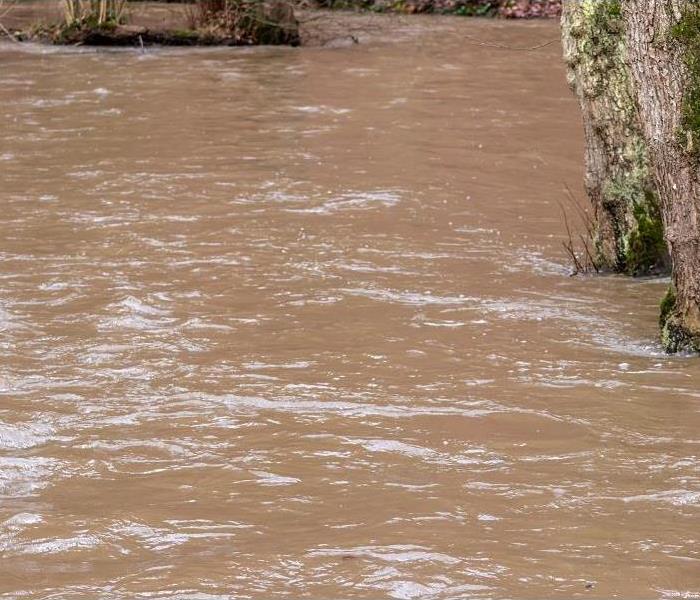The Importance of a Professional Category 3 Flooding Response
7/20/2022 (Permalink)
The damage to your home after flooding from natural sources is much more troublesome than the damage that occurs after a broken pipe or overflowing dishwasher. When your Sandy, UT, home is subjected to rising water from heavy rainfall or a river that has grown past its banks, you’re dealing with contamination from multiple sources.
Distinguish Between Category 1 and Category 3 Flooding
Water is one of the number one causes of damage to homes and accounts for some of the most frequent insurance claims. However, not all water damage is the same. There are three categories to label the risks associated with encroaching water:
- Category 1 or Clean Water comes from sanitary sources, such as the water supply line in your kitchen or from rainwater. You may not want to drink this water, but there’s very little risk to you when you’re exposed to it.
- Category 2 or Gray Water comes from less sanitary sources, such as an overflowing toilet bowl or a broken aquarium. This water is contaminated and poses some risk. Cleaning and restoration professionals generally treat this type of damage with anti-microbial sprays and other disinfectants.
- Category 3 or Black Water is highly contaminated. This water may come from rivers, seas, or sewage lines. Windblown rainwater may also fall in this category. This water carries and picks up multiple contaminants from many sources of pollution, including feces, toxic chemicals, and pathogens.
Category 1 Flood Cleanup
When your home is flooded from a break in a pipe or melting snow, the cleanup steps are straightforward:
- Shut off the water and power.
- Remove everything within the exposed area.
- Extract water and thoroughly dry the affected rooms.
- Disinfect the area.
- Complete repairs and restoration.
Professionals and homeowners may work together to address Category 1 flood damage because there is limited risk associated. It is worth pointing out that Category 1 water contamination could worsen if not addressed promptly. As water sits, it absorbs chemicals and contaminants from carpeting, furniture, and other materials throughout the home until eventually qualifying as Category 2 or 3.
Category 3 Flood Cleanup
When flood water is full of hazardous pollutants, it poses significant risks. This necessitates the use of personal protective equipment by trained water damage cleanup professionals. This gear may include tall boots, a protective jumpsuit, gloves, and face masks. Storm damage restoration requires all the steps of Category 1 cleanup and also calls for professional removal of contaminated materials. Professionals provide a specialized response depending on the source of water, i.e., sewer lines, seawater, and river water. You should not try to clean up this wastewater on your own. Any contaminants absorbed by the structural components and furnishings of your home could lead to secondary damage and lingering effects such as stains and unpleasant smells.
Your insurance provider may recommend professionals to address Category 3 flooding, and you should never attempt this on your own. It is possible that you could clean up Category 1 damage or assist cleanup technicians but contact your insurance provider first. It is often the case that professional cleanup is faster, more complete, and less likely to cause further harm.




 24/7 Emergency Service
24/7 Emergency Service
